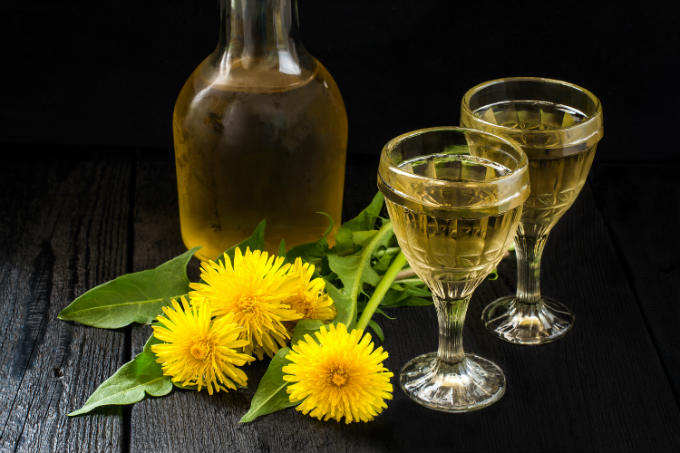How To Make Dandelion Wine

Make sure to like Living Green and Frugally on Facebook, Shop at Amazon to help support my site and explore our PINTEREST BOARDS for innovative ways you can become self-sufficient.
Dandelion wine making is an important part of the home-brewer’s calendar, and it’s a wonderful drink. Although the flowers can make an appearance at any time of the year, 99% of them bloom in a flamboyant spring flush. Dandelion wine is our newest addition.
Dandelion Wine is a classic novel written by Ray Bradbury that captures the magic and nostalgia of a young boy’s summer in small-town America. The story follows twelve-year-old Douglas Spaulding and his adventures with his younger brother Tom and friends, as they explore the wonders of life and nature in their hometown of Green Town, Illinois. Along the way, Douglas discovers the joys of making dandelion wine with his grandfather, a tradition that serves as a metaphor for the fleeting but precious moments of childhood. The novel is a heartfelt and poetic meditation on youth, memory, and the passage of time, and is often cited as one of Bradbury’s finest works. Dandelion Wine is a timeless classic that continues to enchant and inspire readers of all ages.
It’s exotic in taste, and this unique libation won’t disappoint. It’s pretty amazing that you can make wine from sweet little dandelions. And, there is a quiet satisfaction you get from making your own wine and serving it to your friends. Check out this article form klaudynahebda.com by clicking the link below and check out how you can make this yummy dandelion wine today…